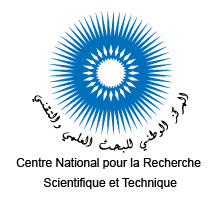Tech exchange with leica: overcoming the high multiplexing barrier: 3d spatial omics in one go, powered by leica microsystems"

Venue: Online
The STELLARIS confocal platform offers significant advancements for high-multiplex strategies, integrating a tunable white light laser (WLL) with an excitation range from 440 nm to 790 nm and up to five highly sensitive, photon-counting spectral detectors. This configuration enables complete flexibility in detection from 410 nm to the near-infrared (NIR) spectrum (1), accommodating a broad array of fluorophores and optimizing their combinations for complex imaging tasks.
In this presentation, we will introduce the new SpectraPlex 3D high-multiplex solution for the STELLARIS confocal platform (2, 3). We will detail the experimental design and considerations for executing high-multiplex experiments with 15+ fluorophores on a single sample, including the selection of optimized panels and the inherent challenges associated with these approaches. We will address the technical aspects of imaging high-multiplex samples in a single round of labeling and imaging, demonstrating its application for 3D spatial omics.
Our aim is to provide a comprehensive understanding of how these technologies can be leveraged to generate detailed spatial omics data, thereby advancing the field of spatial biology.
- The Power HyD family of detectors. Schweikhard et al., Nature Methods (2022). DOI: d42473-020-00398-0.
- 3D multiplexing imaging in cancer immunology. Kunz L., Speziale D., et al., Nat. Methods (2024). DOI: d42473-024-00260-7
- SpectraPlex: A powerful toolbox for advanced 3D high-multiplex imaging. Roberti, M. J., Hecht F. et al., Nat. Methods in press (2024). DOI: d42473-024-00262-5
جميع التواريخ
- 25/10/2024 13:00
Powered by iCagenda
